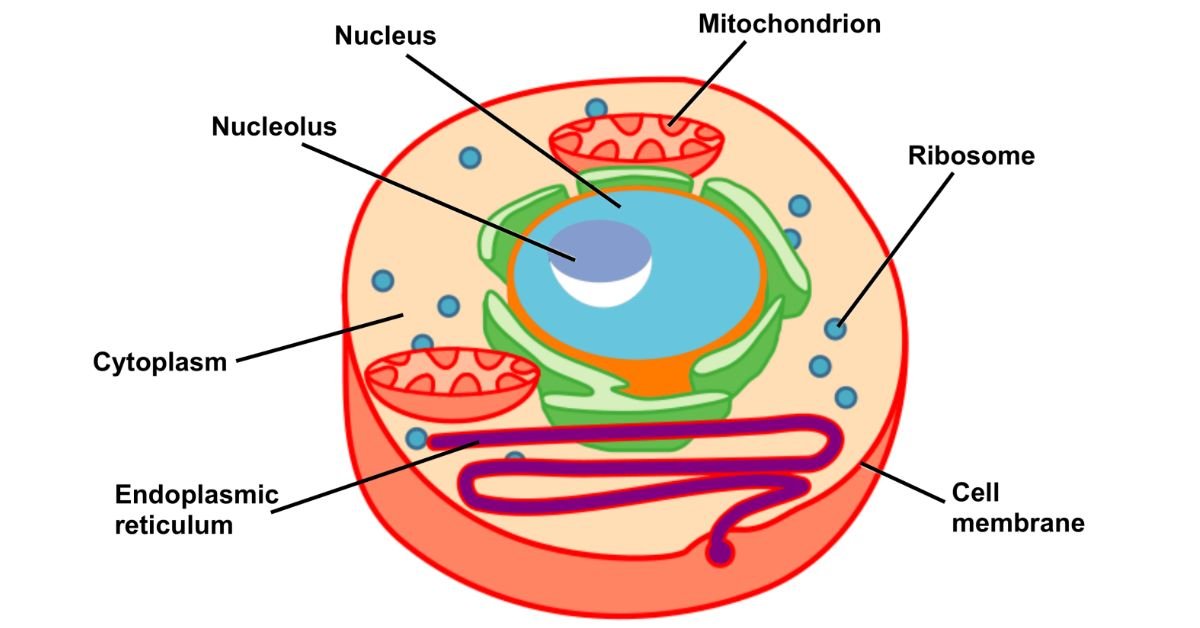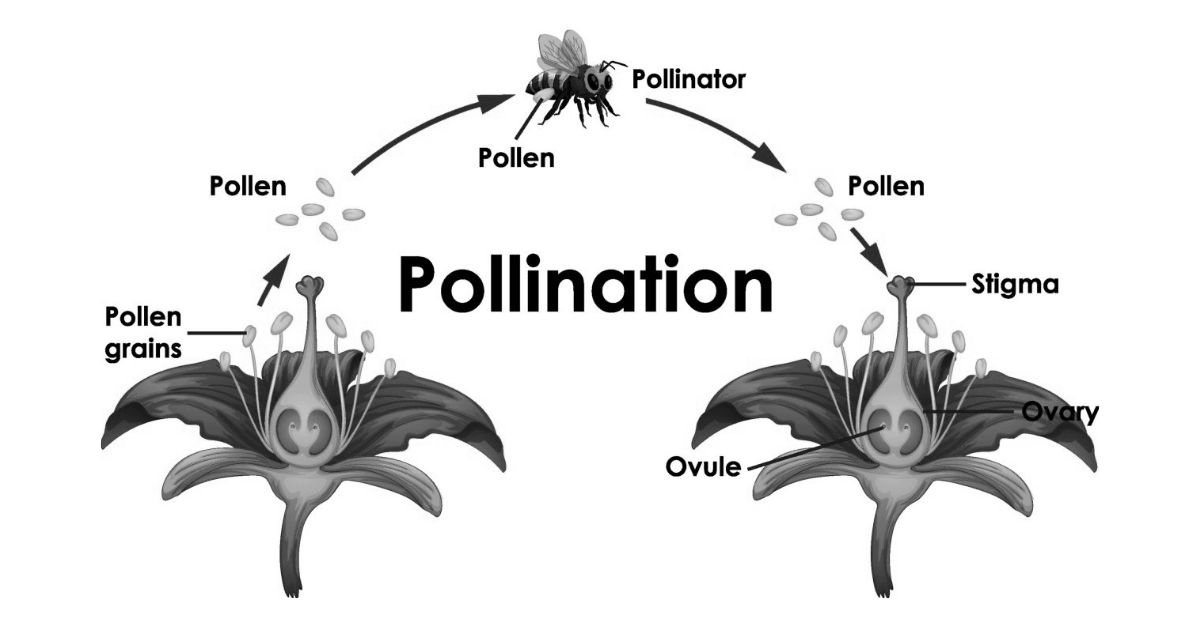Human Physiology: An In-Depth Exploration
Human physiology is the scientific study of the functions and mechanisms in a human body. It is a sub-discipline of both biology and medicine, and it focuses on how the body works, from the molecular level up to the whole organism. Understanding human physiology is crucial as it lays the foundation for medical practices and innovations.
This article delves into the major systems of the human body, their functions, and how they interact to maintain homeostasis.’ This article delves into the major systems of the human body, their functions, and how they interact to maintain homeostasis.
1. Introduction to Human Physiology
Human physiology is the study of how our body parts work together to keep us alive and functioning. This field integrates knowledge from various disciplines such as anatomy, biochemistry, and molecular biology to understand how bodily systems coordinate their activities. It is essential for developing medical practices and treatments.
2. The Nervous System
Structure and Function
The nervous system is the body’s control center. It is responsible for receiving, processing, and responding to sensory information. It consists of two main parts: the central nervous system (CNS) and the peripheral nervous system (PNS).
Neurons and Synapses
Neurons are the basic units of the nervous system. They communicate with each other through synapses using electrical and chemical signals. This communication is crucial for all nervous system functions, from simple reflexes to complex behaviors.
Central and Peripheral Nervous Systems
- Central Nervous System (CNS): Comprises the brain and spinal cord. It processes information and coordinates actions.
- Peripheral Nervous System (PNS): Consists of all neural elements outside the CNS. It connects the CNS to the rest of the body and is divided into the somatic and autonomic nervous systems.
3. The Endocrine System
Hormones and Glands
The endocrine system regulates bodily functions through hormones, which are chemical messengers secreted by glands. These hormones travel through the bloodstream to target organs, where they elicit specific responses.
Mechanisms of Hormone Action
Hormones bind to specific receptors on target cells, triggering various cellular processes. These mechanisms can be fast, such as adrenaline response, or slow, such as growth and development.
Major Endocrine Organs
- Hypothalamus: Regulates the pituitary gland and links the nervous and endocrine systems.
- Pituitary Gland: Known as the master gland, it controls other endocrine glands.
- Thyroid and Parathyroid Glands: Regulate metabolism and calcium levels.
- Adrenal Glands: Produce hormones like cortisol and adrenaline.
- Pancreas: Controls blood sugar levels through insulin and glucagon.
- Gonads (Ovaries and Testes): Produce sex hormones.
4. The Circulatory System
Heart Anatomy and Function
The heart is a muscular organ that pumps blood throughout the body. It has four chambers: two atria and two ventricles, which work in a coordinated manner to maintain blood flow.
Blood Vessels and Circulation
Blood vessels include arteries, veins, and capillaries. Arteries carry oxygen-rich blood away from the heart, veins carry oxygen-poor blood back to the heart, and capillaries facilitate the exchange of oxygen, nutrients, and waste between blood and tissues.
Blood Composition
Blood is composed of red blood cells, white blood cells, platelets, and plasma. Each component has specific functions, such as oxygen transport, immune defense, clotting, and nutrient delivery.
5. The Respiratory System
Anatomy of the Respiratory System
The respiratory system includes the nasal cavity, pharynx, larynx, trachea, bronchi, and lungs. It is responsible for gas exchange, taking in oxygen, and expelling carbon dioxide.
Mechanics of Breathing
Breathing involves the diaphragm and intercostal muscles. Inhalation occurs when these muscles contract, expanding the thoracic cavity and allowing air to enter the lungs. Exhalation occurs when these muscles relax, expelling air from the lungs.
Gas Exchange and Transport
Oxygen and carbon dioxide are exchanged in the alveoli of the lungs. Oxygen binds to hemoglobin in red blood cells and is transported to tissues, while carbon dioxide is transported back to the lungs for exhalation.
6. The Digestive System
Structure and Function
The digestive system breaks down food into nutrients that the body can use. It includes the mouth, esophagus, stomach, small intestine, large intestine, and accessory organs like the liver and pancreas.
Nutrient Absorption
Most nutrient absorption occurs in the small intestine, where villi and microvilli increase the surface area for absorption. Nutrients enter the bloodstream or lymphatic system for distribution to cells.
Waste Elimination
The large intestine absorbs water and electrolytes, forming solid waste (feces) that is excreted through the rectum and anus.
7. The Urinary System
Kidney Structure and Function
The kidneys filter blood to remove waste and excess substances, forming urine. Each kidney contains millions of nephrons, the functional units responsible for filtration.
Urine Formation
Urine formation involves three processes: filtration, reabsorption, and secretion. Filtration occurs in the glomerulus, reabsorption and secretion occur in the renal tubules.
Fluid and Electrolyte Balance
The urinary system regulates fluid balance, electrolyte levels, and blood pressure through hormone signals like antidiuretic hormone (ADH) and aldosterone.
8. The Musculoskeletal System
Muscle Types and Functions
There are three types of muscles: skeletal, cardiac, and smooth. Skeletal muscles control voluntary movements, cardiac muscle pumps the heart, and smooth muscles control involuntary movements in organs.
Bone Structure and Growth
Bones provide structure and protection, and they grow through a process called ossification. Bone remodeling involves the resorption of old bone and the formation of new bone.
Joint Mechanics
Joints are connections between bones that allow for movement. They are classified based on their structure and function, such as synovial joints which are highly movable.
9. The Immune System
Innate and Adaptive Immunity
The immune system protects the body from pathogens through innate (non-specific) and adaptive (specific) immunity. Innate immunity includes barriers and responses that are always active, while adaptive immunity involves the creation of memory cells for long-term protection.
Immune Cells and Organs
Immune cells include white blood cells like lymphocytes, macrophages, and neutrophils. Primary immune organs include the bone marrow and thymus, while secondary organs include the spleen and lymph nodes.
Immune Responses
Immune responses involve recognizing and attacking pathogens. Adaptive immunity includes humoral (antibody-mediated) and cellular (T-cell mediated) responses.
10. The Reproductive System
Male and Female Reproductive Anatomy
The male reproductive system includes the testes, vas deferens, and penis, while the female reproductive system includes the ovaries, fallopian tubes, uterus, and vagina.
Gametogenesis
Gametogenesis is the process of forming gametes (sperm in males and ova in females). It involves meiosis, which reduces the chromosome number by half.
Hormonal Regulation
Reproductive hormones include testosterone in males and estrogen and progesterone in females. These hormones regulate gamete production, reproductive cycles, and secondary sexual characteristics.
11. Homeostasis and Integration
Feedback Mechanisms
Homeostasis is the maintenance of a stable internal environment. It involves feedback mechanisms where changes in the body trigger responses that restore balance. Examples include thermoregulation and blood glucose regulation.
System Interactions
Body systems do not function in isolation; they interact to maintain homeostasis. For example, the nervous and endocrine systems work together to regulate body functions, and the circulatory system transports hormones and nutrients to different parts of the body.
Conclusion
Understanding human physiology is fundamental to grasping how our bodies function and respond to various stimuli. It provides insights into the complex interactions between different systems that keep us alive and healthy. By studying physiology, we can develop better medical treatments and improve overall health and well-being.
For further reading, consider exploring the following resources:
- National Institute of General Medical Sciences: Human Physiology
- [Khan Academy: Human Biology](https://www.khanacademy.org/science/health-and-medicine/human
- https://bioguru.net/




